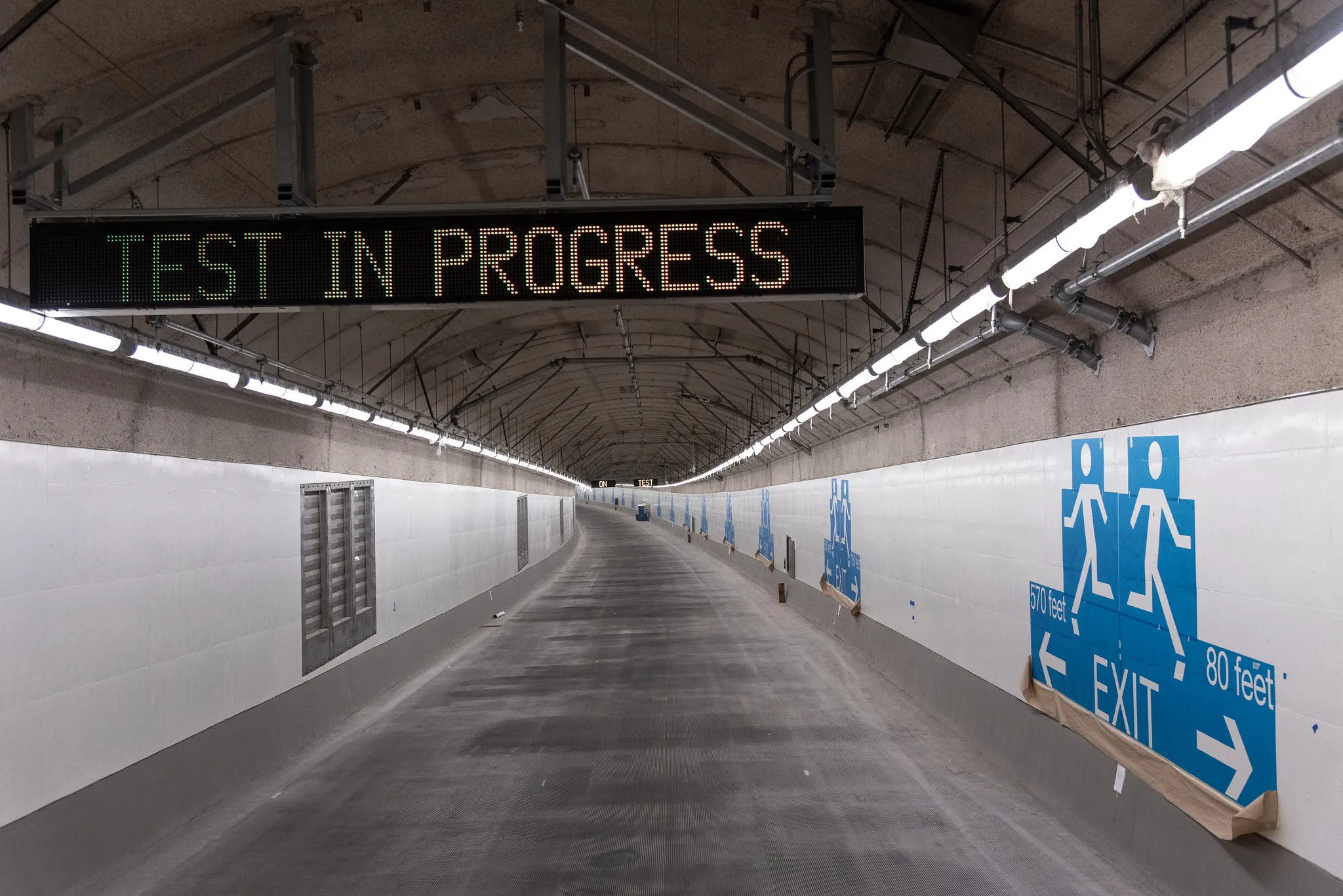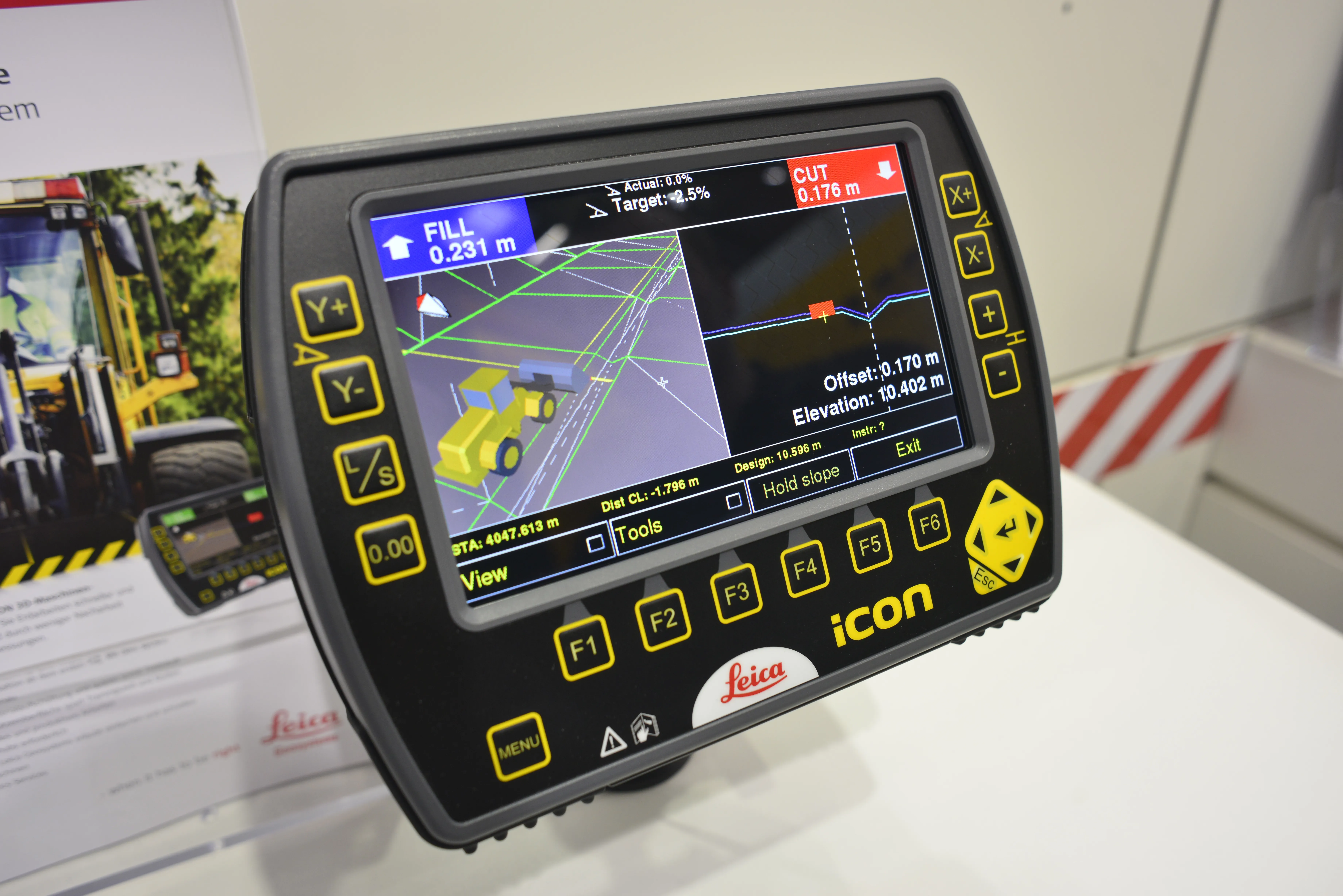
The client, Washing State Department of Transportation, said that Seattle Tunnel Partners began installation inside the double-deck State Route 99 tunnel in March after crews completed construction of the upper and lower roadways.
STP said that testing could be complete by as early as late September and the tunnel could open as soon as this fall after an approximate three-week viaduct closure to realign the SR 99 – called the Alaskan Way - into the new tunnel.
The project is called the Alaskan Way Viaduct Replacement Project after the section of SR 99 in Seattle called the Alaskan Way, a street running along the seafront. Part of the Alaskan Way is an aging 3.2km viaduct – opened in 1953 - which is being replaced by the 2.7km tunnel almost directly beneath it. This will free up waterfront area for major inner city development (see World Highways, %$Linker:
The multi-layered tests of the tunnel's operational and safety systems includes pre-functional tests to ensure working of individual equipment such as a sprinkler head. Functional tests check that the equipment works together as a system, for example multiple sprinklers. Finally, integrated testing checks that multiple systems function together - heat detectors and video cameras operate with the fire suppression system.
Striping of the road decks inside the tunnel is also continuing. The stripes separate a deck into two 3.3m lanes, a 2.4m shoulder on the left side and a 0.6m buffer on the right.
Tunnel boring was completed last year by Bertha, the world’s largest diameter earth pressure balance tunnel boring machine at the time, with a cutterhead diameter of 17.5m. By the end of last year it had been dismantled, job completed.
Seattle Tunnel Partners - a joint venture of New York-based
Apart from designing and building the tunnel - and owning Bertha - STP is responsible for building highway ramps and other connections at the north and south ends of the tunnel. STP is also constructing permanent buildings at the north and south portal to house lighting, ventilation and other essential tunnel systems
For more information about the Alaskan Way Viaduct Replacement Program, see the website:
%$Linker:







